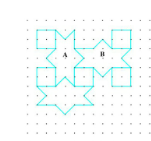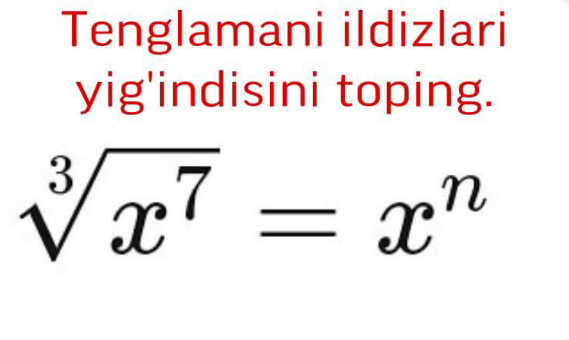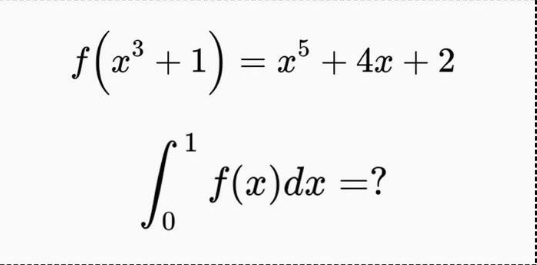
AlgebraQuestion and Answers: Page 229
Question Number 127968 Answers: 1 Comments: 0
Question Number 127924 Answers: 0 Comments: 3
Question Number 127908 Answers: 1 Comments: 0
Question Number 127887 Answers: 0 Comments: 0

Question Number 127880 Answers: 0 Comments: 0

Question Number 127788 Answers: 1 Comments: 0

Question Number 127785 Answers: 0 Comments: 0

Question Number 127743 Answers: 2 Comments: 1
Question Number 127742 Answers: 1 Comments: 0
Question Number 127716 Answers: 2 Comments: 0
Question Number 127706 Answers: 2 Comments: 0
Question Number 127641 Answers: 1 Comments: 0

Question Number 127607 Answers: 1 Comments: 0

Question Number 127547 Answers: 1 Comments: 0

Question Number 127525 Answers: 1 Comments: 2

Question Number 127519 Answers: 1 Comments: 0

Question Number 127500 Answers: 1 Comments: 0
Question Number 127481 Answers: 2 Comments: 1

Question Number 127429 Answers: 0 Comments: 1
$$\mathrm{6}\boldsymbol{\div}\mathrm{3}\left(\mathrm{2}\right)=??? \\ $$
Question Number 127306 Answers: 0 Comments: 6

Question Number 127301 Answers: 0 Comments: 2

Question Number 127344 Answers: 2 Comments: 0
Question Number 171745 Answers: 1 Comments: 0
Question Number 171743 Answers: 0 Comments: 2
$${solve}:\:\mathrm{12}^{{x}−\mathrm{2}} =\mathrm{4}^{{x}} ,\:{find}\:{x} \\ $$
Question Number 127155 Answers: 0 Comments: 1
Question Number 127144 Answers: 1 Comments: 0

Pg 224 Pg 225 Pg 226 Pg 227 Pg 228 Pg 229 Pg 230 Pg 231 Pg 232 Pg 233
